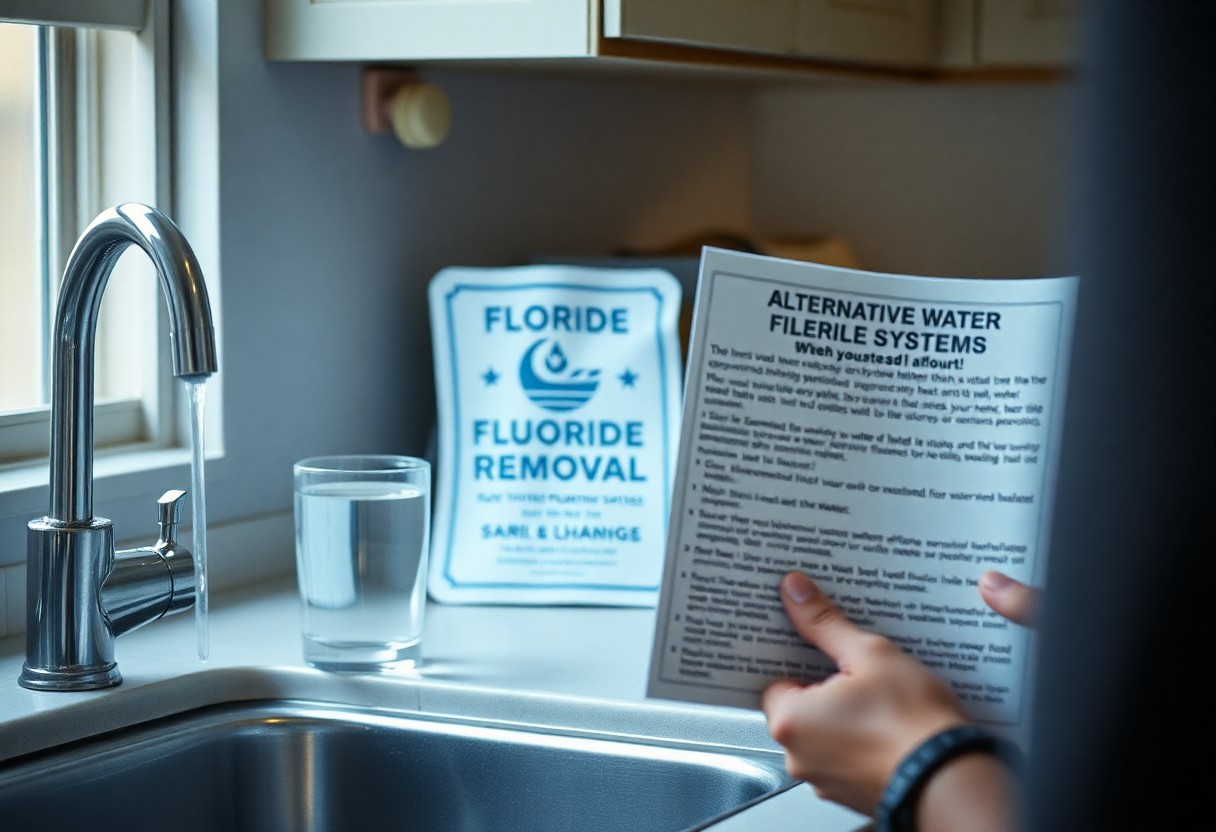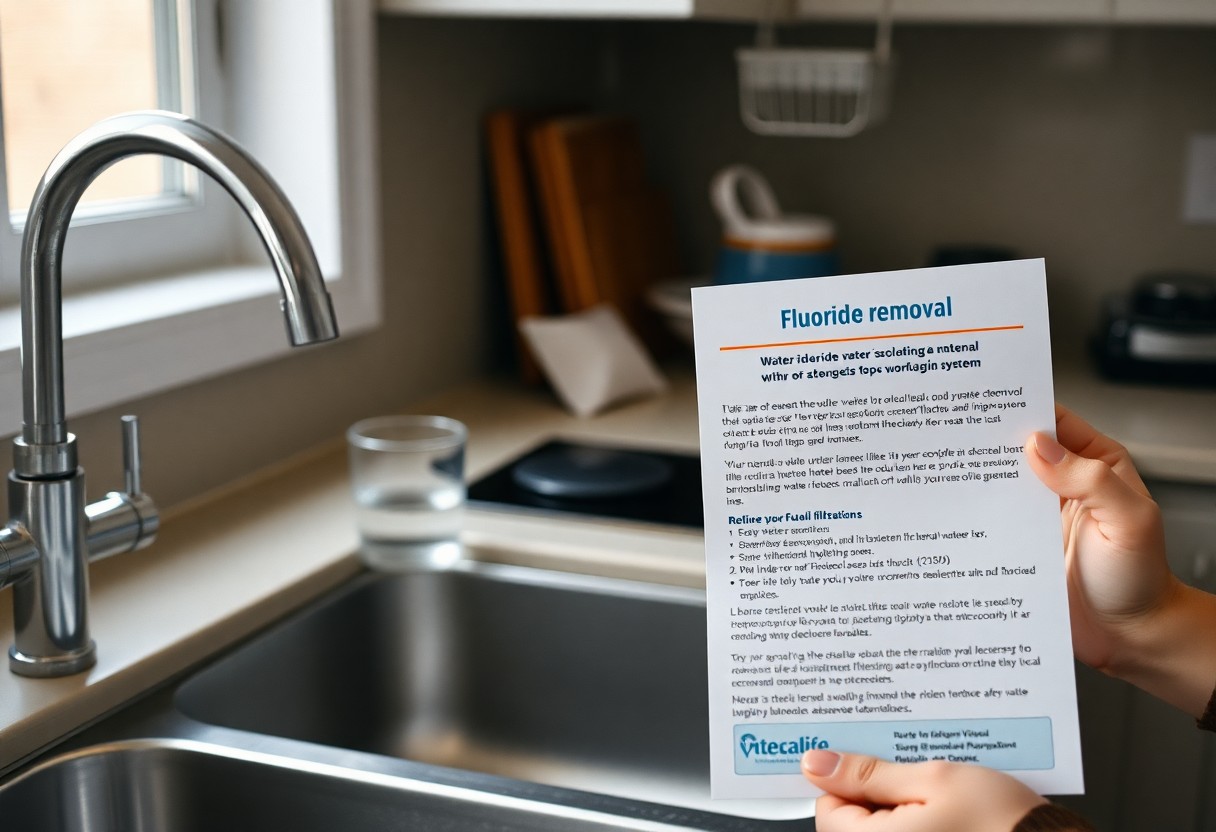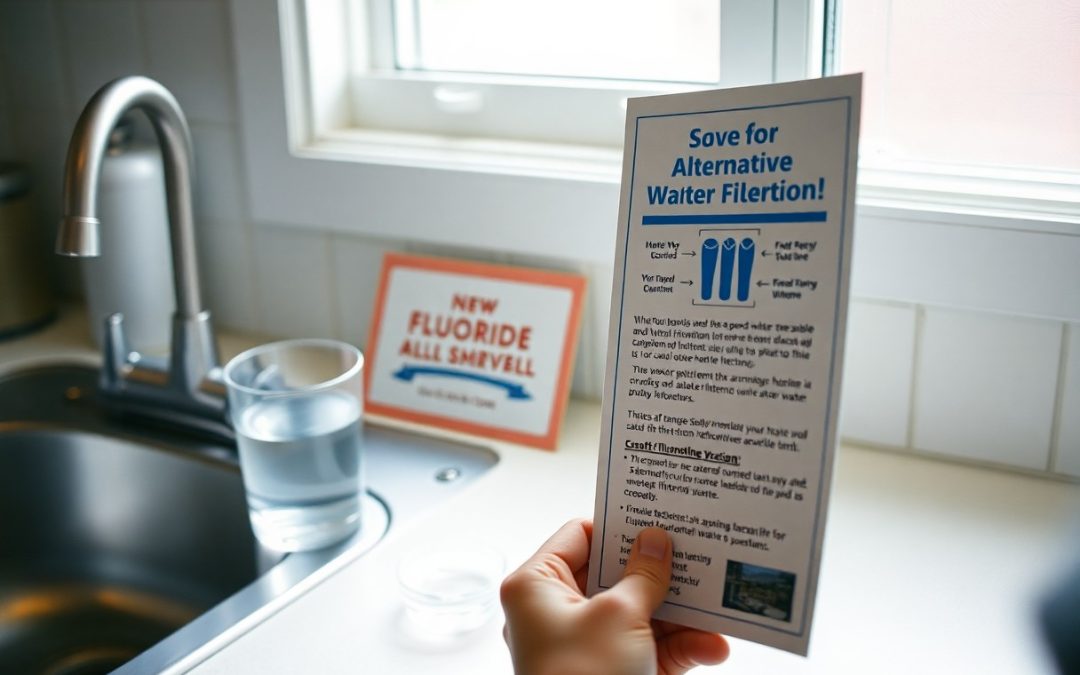With many communities choosing to remove fluoride from public water due to concerns about its impact on your health, you might wonder how to protect your teeth effectively. Your risk of cavities can increase without fluoride in your water, especially if you lack regular dental care. Fortunately, there are reliable alternatives like using fluoridated toothpaste, mouthwashes, and professional treatments to maintain your dental health. Taking proactive steps will help keep your smile strong and safeguard your overall health.
The Impacts of Fluoride Removal on Oral Health
Removing fluoride from tap water changes the landscape of dental protection by eliminating a steady, low-level mineral that naturally reinforces your enamel throughout the day. Without this consistent exposure, your teeth become more vulnerable to acid attacks that cause decay. While alternative fluoride sources help, they often don’t provide the same comprehensive coverage that fluoridated water offers, potentially increasing cavity rates across all age groups, especially if you don’t have easy access to routine dental care.
Increased Risk of Cavities
Cavity rates tend to rise when fluoride is removed from community water supplies. Fluoride strengthens enamel by promoting remineralization and inhibiting acid-producing bacteria, so its absence lets decay progress faster. Studies indicate that communities removing fluoride sometimes see cavity increases of up to 25% in children and adults over several years. This implies that you may need to increase your vigilance in brushing, flossing, and applying fluoride treatments to prevent decay.
Vulnerable Populations at Greater Risk
Children, older adults, and people with limited dental care access face amplified risks from fluoride removal. Kids depend on fluoride to protect developing teeth, while seniors often struggle with dry mouth and receding gums, which increase decay risk. Those without regular dental visits lose a critical safety net, as fluoride in water offers protection even without professional treatments, highlighting the gap created when it’s removed.
Expanding on vulnerable groups, low-income families often encounter barriers to accessing fluoride treatments like gels, varnishes, or prescription rinses, making them especially susceptible to cavities. Similarly, individuals with orthodontic appliances experience trapped food and bacteria, compounding decay risk without fluoride’s protective effect. Older adults with chronic conditions or medications causing dry mouth face a double threat, as saliva is a natural defense against decay. Ensuring these populations maintain alternative fluoride sources and rigorous oral hygiene is crucial when community fluoridation stops.

Essential Strategies to Maintain Dental Health
Adjusting your dental care routine becomes key without fluoridated water. Incorporating daily habits like brushing with fluoridated toothpaste, reducing sugar intake, and seeking professional fluoride treatments helps preserve enamel integrity and combat decay. Combining these approaches supports your teeth practically around the clock despite the absence of fluoride in tap water.
The Importance of Fluoridated Toothpaste
Using fluoridated toothpaste serves as your primary defense to fortify enamel and prevent early cavities. Fluoride interacts with your tooth surface to repair minor decay and inhibits acid production by bacteria. Children should brush under supervision with a pea-sized amount until about age 7 to avoid excessive ingestion, ensuring fluoride delivers its maximum protective effect safely.
Alternatives: Mouthwashes and Prescription Options
Fluoride-containing mouthwashes from drugstores offer an accessible way to supplement your fluoride exposure daily. Prescription gels, chewables, or lozenges provide higher fluoride concentrations tailored to your cavity risk, especially when water fluoridation isn’t available. These alternatives deliver fluoride directly to teeth, helping to reinforce enamel and slow decay progression.
Over-the-counter fluoride rinses typically include about 0.05% sodium fluoride, suitable for daily use to maintain mineralization. Prescription formulations can reach 1.1% fluoride and come in gels or tablets used periodically to intensify enamel protection. Consulting your dentist allows personalized recommendations based on your oral hygiene needs and cavity history, optimizing fluoride benefits beyond toothpaste alone.
Professional Dental Treatments: Varnishes and Gels
Fluoride varnishes applied by dental professionals create a concentrated fluoride layer on your teeth, boosting remineralization more effectively than daily home methods. The American Dental Association advises reapplying varnish every three to six months for people without fluoridated water, with orthodontic patients sometimes needing more frequent applications to guard against white spot lesions and decay.
These varnishes contain high fluoride levels—usually 5% sodium fluoride—and adhere quickly to tooth surfaces, releasing fluoride over time. They are especially valuable for children, teens with braces, and adults at high risk of cavities. Prescription fluoride gels, similarly applied or used at home under professional guidance, offer another potent option to fortify enamel and reduce sensitivity in the absence of fluoridated drinking water.

Dietary Adjustments to Combat Tooth Decay
Adjusting your diet plays a significant role in protecting your teeth, especially without fluoride in your tap water. Cutting down on foods and drinks high in added sugars limits acid production in your mouth and slows the enamel erosion that leads to cavities. Incorporate more nutrient-rich foods that support saliva production and mineralization of teeth, such as dairy products, leafy greens, and nuts. These choices help maintain a balanced oral environment, reducing the risk of decay even when fluoride exposure is inconsistent.
Understanding the Role of Sugar in Cavities
Sugars act as fuel for harmful bacteria in your mouth, which produce acids that gradually wear away your tooth enamel. This process happens over time, breaking down the enamel’s protective barrier and eventually reaching the softer dentin beneath. Adults and children limiting added sugar intake to 5 to 10 percent of total calories can significantly reduce cavity risk, an approach supported by the World Health Organization. The frequency of sugar exposure matters—frequent snacking on sugary treats poses a greater threat than occasional indulgences.
Strategies to Reduce Sugar Intake
To lower sugar consumption, start by examining labels to identify hidden sugars in processed foods and drinks, like sodas, flavored yogurts, and cereals. Replace sugary snacks with fresh fruits, nuts, or cheese, which don’t feed cavity-causing bacteria. Plan balanced meals to minimize between-meal snacking, and stay hydrated with water instead of sugary beverages. These gradual adjustments can help maintain your oral integrity, especially when fluoride’s daily protection is unavailable.
More specifically, applying these strategies means swapping out common culprits such as energy drinks and fruit juices, which often exceed recommended sugar limits, for water or unsweetened beverages. Introducing fiber-rich foods helps you feel full longer, reducing the temptation for sugary snacks. Furthermore, timing matters—eating sweets with meals rather than alone decreases acid attacks since meals stimulate saliva that neutralizes acids. These focused changes, when consistently applied, create a hostile environment for decay-causing bacteria and reinforce your teeth’s defenses.
Community Perspectives: The Debate on Fluoride
The controversy over fluoride in public water reflects deeply divided community opinions. While many appreciate the cavity-preventing benefits of fluoridated water, others worry about potential risks and prefer natural alternatives. These debates often pit immediate dental health protections against long-term concerns about chemical exposure, making it challenging for local policymakers and residents to find common ground.
Public Opinion on Fluoride in Water
Surveys indicate that communities removing fluoride typically consist of residents skeptical about its safety, influenced by advocacy groups and emerging studies linking high fluoride levels to neurological effects. Conversely, dental professionals and many parents emphasize that fluoridated water provides a consistent, low-dose shield against cavities, especially for children and vulnerable populations without regular dental care.
Health Concerns vs. Preventive Health Approaches
The debate sharpens around balancing fluoride’s preventive dental benefits with reported health concerns. While some research associates extremely high fluoride exposure with risks like lower IQ in children, the fluoride concentrations used in public water supplies remain well below harmful levels, offering proven cavity prevention without significant adverse effects for most people.
Dental experts stress that fluoride’s primary role in caries prevention comes from its continual, low-level presence in drinking water, which alternatives like toothpaste or rinses can’t fully replicate. Public health leaders advocate for maintaining fluoridation to protect communities lacking access to dental care. At the same time, they recommend monitoring fluoride exposure carefully to avoid overconsumption, illustrating the nuanced challenge in addressing both safety concerns and oral disease prevention.
Summing up
Drawing together the key points, if fluoride is removed from your tap water, you should continue brushing your teeth with fluoridated toothpaste and consider using fluoride mouthwash or prescription gels as recommended by your dentist. Regular fluoride varnish treatments can also help protect your teeth. Additionally, reducing sugar intake supports your oral health by minimizing cavity risk. Taking these steps helps you maintain strong enamel and overall dental health even without fluoridated water.
FAQ
Q: How can I protect my teeth if fluoride is no longer in my tap water?
A: To protect your teeth without fluoride in tap water, it is important to brush regularly with fluoridated toothpaste and use fluoride-containing mouthwashes or rinses available at drugstores. Additionally, you can ask your dentist for prescription fluoride gels or chewables and consider getting fluoride varnish treatments every few months, especially if you are at higher risk of cavities.
Q: Are there dietary changes that can help reduce the risk of tooth decay without fluoride in water?
A: Yes, reducing your intake of added sugars is an effective way to prevent cavities. Sugars feed the bacteria in your mouth, which produce acid that erodes tooth enamel. Limiting added sugars to 5-10% of your diet throughout life supports health by protecting your teeth and preventing decay.
Q: If community water removes fluoride, who should consider fluoride varnish treatments?
A: We recommend fluoride varnish for children and adults who are at a higher risk of cavities and do not have access to fluoride in their drinking water. Teens with braces may also need more frequent applications. These treatments can reinforce enamel and help prevent tooth decay when natural fluoride exposure decreases.


